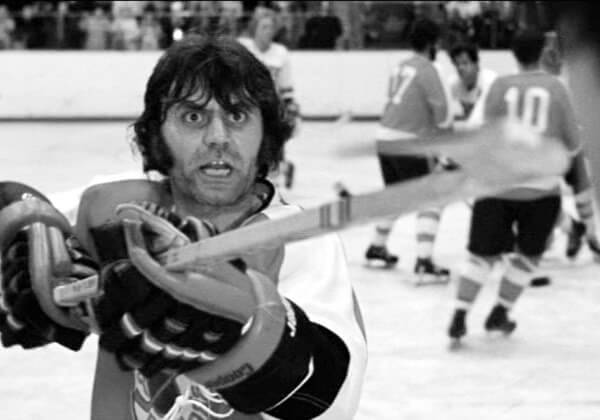Controversy of Hockey sticks

What we don’t know about Hockey sticks
Ice hockey is believed to have evolved from simple stick and ball games played in the 18th and 19th century United Kingdom and elsewhere. These games were brought to Canada and the United States and several similar winter games using informal rules were developed, such as “shinney” and “ice polo”.
The contemporary sport of ice hockey was developed in Canada, most notably in Montreal, where the first indoor hockey game was played on March 3, 1875. Some characteristics of that game, such as the length of the ice rink and the use of a puck, have been retained to this day. Amateur ice hockey leagues began in the 1880s, and professional ice hockey originated around 1900. The Stanley Cup, emblematic of ice hockey club supremacy, was first awarded in 1893 to recognize the Canadian amateur champion and later became the championship trophy of the NHL. In the early 1900s, the Canadian rules were adopted by the Ligue International de Hockey sur Glace, the precursor of the IIHF and the sport was played for the first time in the Olympics in the Olympic Games of 1920.
Enforcers are described as on-ice policemen, but policemen do not go to work almost every day knowing they are going to be in a fight. Nobody does, not even boxers. There are 82 games in an NHL schedule; this equates to roughly 33 fights for an enforcer each year.
As NHL teams returned to training at the weekend, a debate raged about the sport’s responsibility to its participants.
There have been rule changes in the past six years to address the consequence of violent injury in ice hockey, but progress is slow. Challenged on escalating violence in the competition, NHL commissioner Gary Bettman described it as part of the game.
‘Fans don’t want to see it removed,’ he added. Yet is it not Bettman’s duty to curb this bloodlust rather than pander to it? Now the consequences of the NHL’s scandalous reliance on violence to sell its product are being seen.
On August 15, Rypien committed suicide at his home in Crowsnest Pass, Alberta, following a long battle with depression. He was 27 and had just signed a contract with Winnipeg Jets. Belak was found dead in a condo in a Toronto hotel on August 31.
Police are also treating his case as suicide. His family stated that he had been suffering from depression and a friend said Belak admitted being on ‘happy pills’ for the past five years. Belak was 35 and had retired as an enforcer with the Nashville Predators in March.
Aside from the physical risks, the job of enforcer takes a mental toll, too. There is the fear of being beaten up by a stronger opponent, the humiliation of returning to the dressing-room in front of 20,000 baying fans to be bloodily patched up.
Boxers fight a handful of times each year; an enforcer might scrap 30 times in a seven-month spell. And brief though these contests may be, they still generate great anxiety.
There are no enforcers in Olympic ice hockey, which is played on a bigger rink with more skill and less brutality as a result. It is the NHL that seeks to recreate the frenzy of the bear pit.






